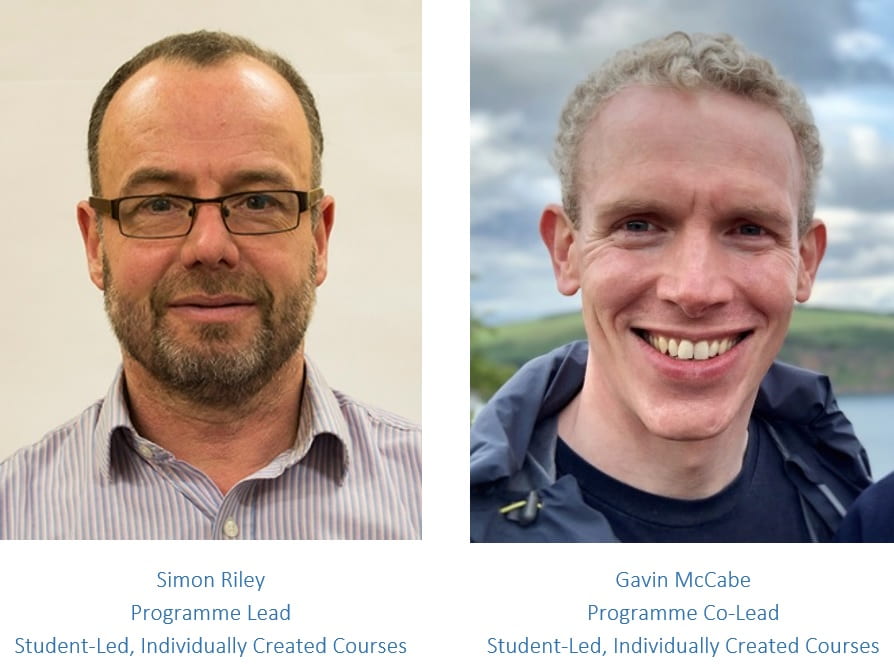Universities recognise that engaging with communities beyond the university’s walls provides students with rich opportunities for learning, challenge and growth. To facilitate such engagement, universities fund co-curricula activities. For example, you can see examples of co-curricular activities at the University of Auckland Business School here. Many of these programmes are specifically designed to enhance employability capabilities. We have to remember too that many of our students are already holding down jobs or have taken on community responsibilities. These opportunities are also valuable, giving students the opportunities for real world learning, a chance to apply their discipline knowledge and to build transferable capabilities.
In New Zealand, these co and extra curricula opportunities are recognised as being effective in developing graduate attributes and employability, but there is no mechanism for offering credit for such learning experiences. Additionally, learning is serendipitous and unsupported. It is likely that many opportunities to develop graduate level capabilities are needlessly lost and they are certainly unrecognised.
Simon Riley and Gavin McCabe from the University of Edinburgh faced similar problems in their university. They have developed what is in effect a blank canvas course that can be populated with individual or group projects based around virtually any topic. They have developed a flexible reflective experiential learning and assessment framework using an e-portfolio for awarding credit. They have been kind enough to share the details of their course with the team at the Future Ready Grads project. Simon and Gavin call these courses SLICCs (Student-Led, Individually Created Courses) and they are pure genius.
Rather than explain the details of Simon’s regime, the paragraphs below describe the fictitious but according to Simon, representative experiences of, Sarah, a student taking a SLICC, Tim, a tutor on a SLICC programme and Doris, the faculty Dean.
Sarah’s story:
Sarah is a Pharmacy student, coming to end of her first year at university. She lives at home, which is a long bus ride from uni. Sarah decides that she would like to do a SLICC over her summer vacation, because she can get elective credits for it and because it is done totally online. As she does every summer, Sarah is going to be working with the children and young adults at her church. But this year, Sarah intends to attempt to make the church’s holiday programmes more effective, which she thinks could be tricky given how well established the programme is and the expectations of the young adults involved. Thus, she decides to propose linking her SLICC to this experience. She follows the online course template to prepare a SLICC proposal based on her initial thinking and research around this, highlighting how she expects her reflections on this experience will relate to the 5 learning outcomes she will be assessed on. Sarah is then assigned a tutor, who provides feedback on the proposal.
During her vacation, Sarah collects evidence of progress against the five learning outcomes. She takes photos, makes notes and collects documents. She also engages in regular reflections in her diary, researches each LO topic and evaluates her own performance. Sarah presents an interim and final report. At the end of the course she is awarded a high mark and is thrilled, but says that, more importantly, she gained a huge boost in confidence and skills that will last her a lifetime.
Tim’s story:
Tim is Sarah’s tutor, he is a PTF from Sarah’s faculty, but knows little about youth work. He does, however, know the SLICC course regime and is an effective online coach. Tim reviews Sarah’s SLICC proposal for feasibility. Tim marks her interim report, giving detailed advice on how Sarah can improve. He suggests reflective questions Sarah could ask herself in the final report. Tim’s last job is to mark Sarah’s final report and award her grade. Tim says the workload is very different in kind, but not much different in quantity to working on a traditional course. Additionally, he notes that the marking is a heap more interesting and the students are more enthusiastic.
Tim tutors several SLICC students on a course that has 100 students in all, and spends between 2 and 4 hours giving feedback and marking each student.
Doris’s story
Dean Doris is a recent convert to SLICCs. She says she resisted implementing SLICCS, thinking that the disciplines in her faculty, being vocational, provided sufficient opportunities for students to develop their employability capabilities. Having seen the programme in action she notes that this is one of the few courses where students learn because they are motivated by curiosity rather than getting a good grade. Doris can recount stories of the wide variety of projects students have undertaken. She notes that giving students choice seems to bring a lift to their performance; possibly it helps them gain independence and become better able to determine their own priorities in life.
The full details of course and assessment regimes can be found here.

Recent Comments